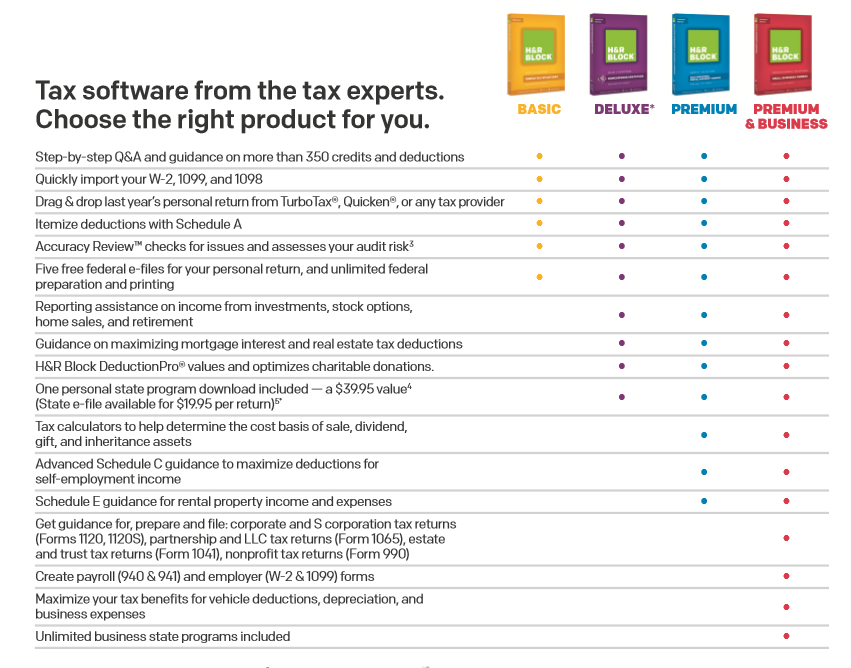Free Able Tax Return Forms
/free1-655x296-574e40c95f9b58516597f07a.jpg)

Why ABLE accounts were created Congress authorized ABLE accounts in the Achieving a Better Life Experience Act of 2014. Supporters of the law pointed out that the U.S. Easy Fit 5 5 Keygen Download more. Tax code provided significant tax benefits to parents who save money for their children's college education in, which are named for the section of the tax code that describes them. Torrent Poser Pro 2014 Mac.
But parents of people with disabilities had no similar way to save for their children's future needs, such as occupational therapy or assisted living. Further, families that did try to save money for such things ended up costing their children access to government assistance. The ABLE Act amended Section 529 in an effort to correct this. Setting up an ABLE account Although the federal tax code allows for ABLE accounts, it's up to the states to actually set up and administer the programs—just as the states administer 529 programs. When you contribute money to 529 plans, the state invests the money on your behalf.
Unlike with a typical IRA or, you can't dictate how the money is invested outside of making choices as to how aggressive or conservative the money is to be invested, within limits. As of 2017: • An individual can contribute up to $14,000 a year to any ABLE account • A disabled individual can be named as the beneficiary of only one ABLE account • The person must have been blind or disabled before age 26 to qualify. Tax benefits of ABLE accounts Contributions to an ABLE account are not tax-deductible, but all investment earnings remain untaxed as long as money taken from the account is used for 'qualified disability expenses.' Such expenses include, among other things: • Medical treatment • Education, tutoring and job training • Special-needs transportation • Assistive technology • Housing • Legal and administrative fees As with education 529 plans, taxes apply if money is withdrawn from an ABLE account for something other than qualifying expenses. Usually, the beneficiary will have to: • Pay income taxes on the portion of the withdrawal that consists of investment earnings, as opposed to contributions • In addition, a 10% tax penalty will apply. Accounts not counted as assets A key feature of ABLE accounts is that the first $100,000 in an account is not treated as personal assets of the account's beneficiary.
This is important because federal law generally bars individuals from receiving assistance such as Medicaid, housing aid and Supplemental Security Income if they have more than $2,000 worth of financial assets. Severely disabled individuals often need these government services, especially after their parents die or can no longer care for them. Chevrolet Serial Vin Number. Advocates for the disabled have long argued that the $2,000 cutoff effectively punished those whose families planned ahead.